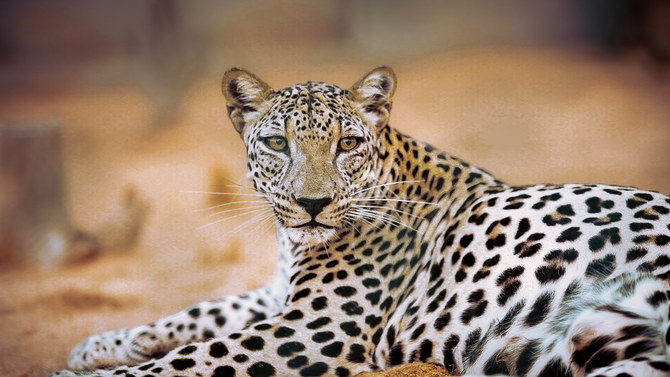
Beyond Fur and Fury: The Curious Case of Egg-Laying Mammals
The animal kingdom is full of surprises, and one of the biggest comes in the form of monotremes – the egg-laying mammals! Yes, you read that right. While most mammals give birth to live young, these fascinating creatures defy convention and lay leathery eggs much like reptiles. But that’s just the beginning of their peculiarities. Let’s delve into the world of monotremes and meet the two superstars: the platypus and the echidna.

The Platypus: Nature’s Mashup
Imagine a creature with a duck-like bill, webbed feet, and a beaver-like tail. That’s the platypus, a resident of eastern Australia and southern New Guinea. This bizarre-looking mammal spends most of its time in the water, using its bill to detect tiny electrical currents emitted by prey like shrimp and worms. Not only that, but the male platypus is one of the few venomous mammals, spurring venom through claws on their hind legs. And here’s the biggest twist: the platypus lady lays leathery eggs in a burrow after mating. These eggs are incubated for about two weeks before hatching into blind and hairless young. The mother then nurses them with milk, even though she doesn’t have nipples! Talk about defying expectations.

The Echidna: Spiny Surprise
Echidnas, also found in Australia and New Guinea, are covered in spiky quills and have long snouts and sticky tongues perfectly designed for slurping up ants and termites. Unlike the platypus, echidnas are land dwellers and excellent burrowers. But just like the platypus, the female echidna lays a single leathery egg, which she carries in a pouch (like a marsupial) on her belly until it hatches. The young echidna then spends several months feeding on milk produced by patches on the mother’s abdomen.
A Legacy of Ancient Origins
Monotremes are a living link to the distant past. They diverged from other mammals millions of years ago and have retained some reptilian characteristics like laying eggs. Sadly, both the platypus and the echidna face threats from habitat loss and pollution. Conservation efforts are crucial to ensure these unique creatures continue to thrive.
More Than Just Eggs
Monotremes may lay eggs, but they are still very much mammals. They have fur or hair to keep them warm, nurse their young with milk, and have a complex social structure. Their unique biology offers us a window into the fascinating diversity of the animal kingdom and reminds us that nature is full of surprises.
So next time you think about mammals, remember the platypus and the echidna – the egg-cellent exceptions that prove the rule!






